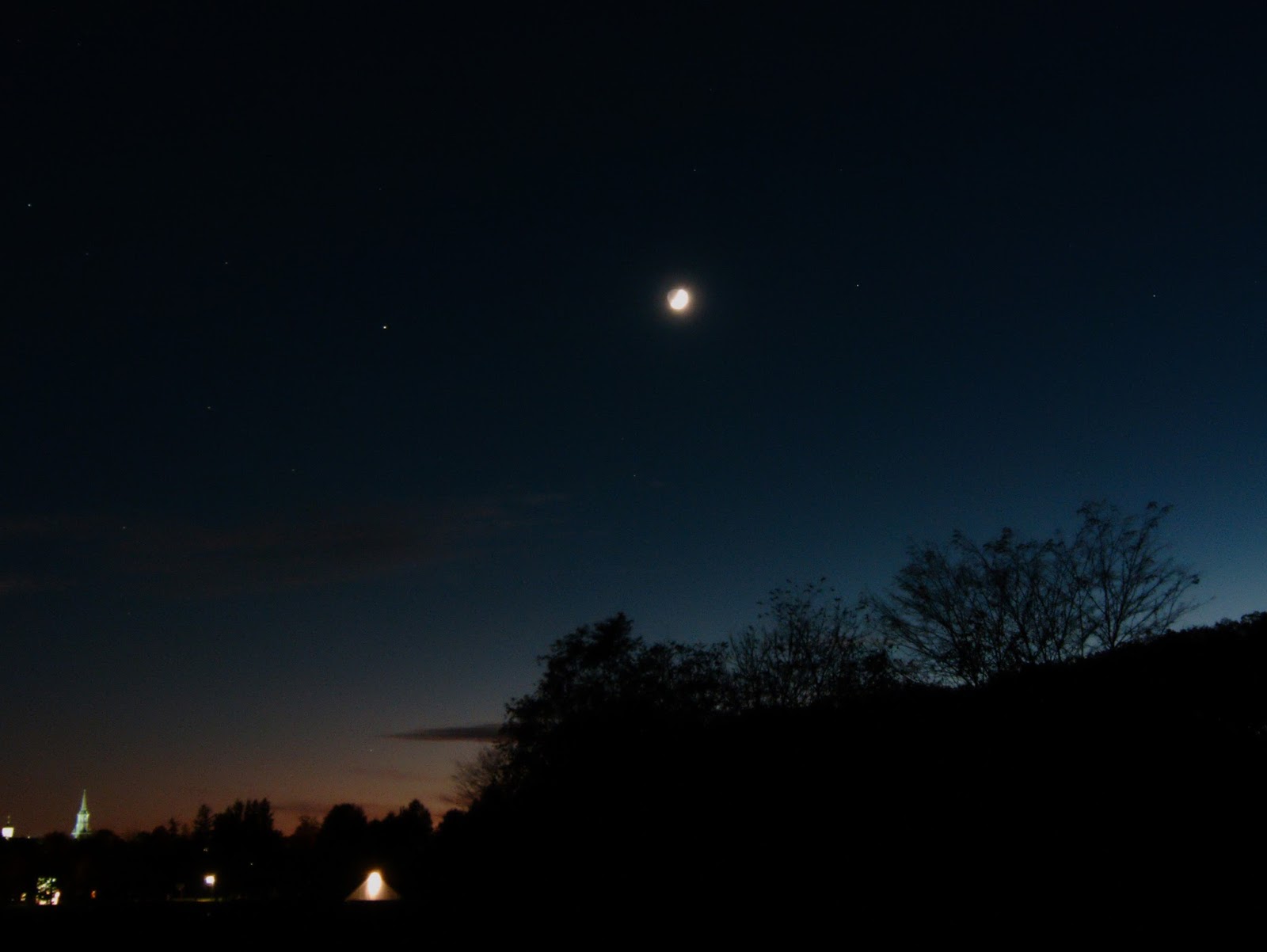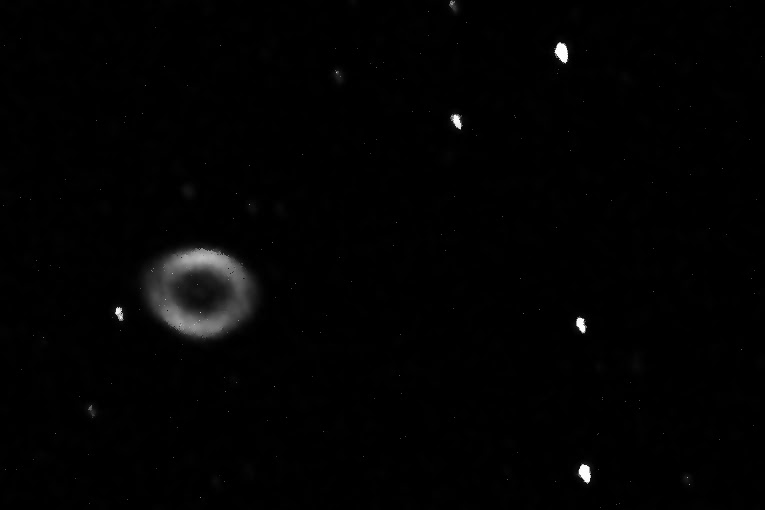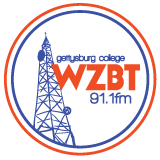 |
| Waxing crescent moon seen from GCO. |
The evening began before the scheduled lab start time of 7:15 PM with an attempt to see a rocket launch from NASA’s Wallops Island facility. Unfortunately, the launch was scrubbed at the last minute due to a boat in the restricted hazard area. For context, here is a view of a Wallops launch from 2013. We were, however, able to see a flyover of the International Space Station almost overhead a few minutes later. It looks like a bright, slowly moving star. Want to see the station yourself? It’s not difficult. Visit www.heavens-above.com or spotthestation.nasa.gov.
Then we began the lab proper. After a review of celestial sphere concepts, and an introduction to the concept of light pollution, we took a tour of the night sky.
Two compound Meade telescopes were on the observing platform. We reviewed their parts and some concepts form the “Telescopes and Lenses” lab. The waxing cresent ooon in the SW made a great first telescope object. Later, high clouds were moving through, but we were able to see M57, the Ring Nebula, in the constellation Lyra. After everyone had seen it, we used the SBIG 402 CCD camera to take a few images, as you can see below. All in all, a pretty successful night out.
 |
| 12 second exposure with no filter. |
 |
Combination of 3 exposures through red, blue, and green filters.
Real glass filters, not the Instagram kind! Unfortuantely,
there was some equipment movement in both of these shots,
thus the ‘double’ appearance of stars. |





